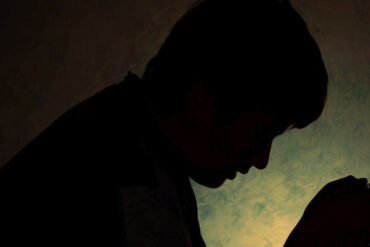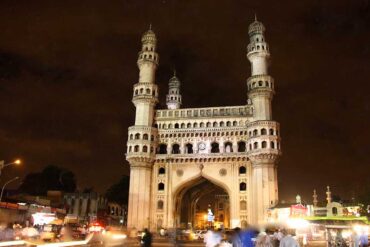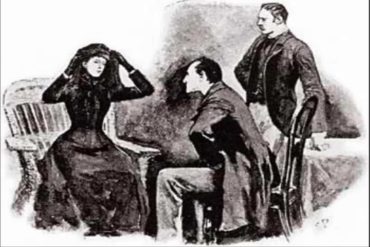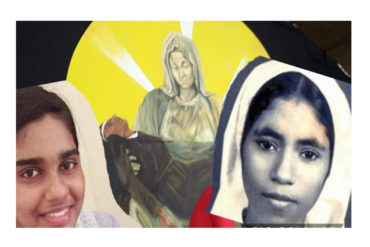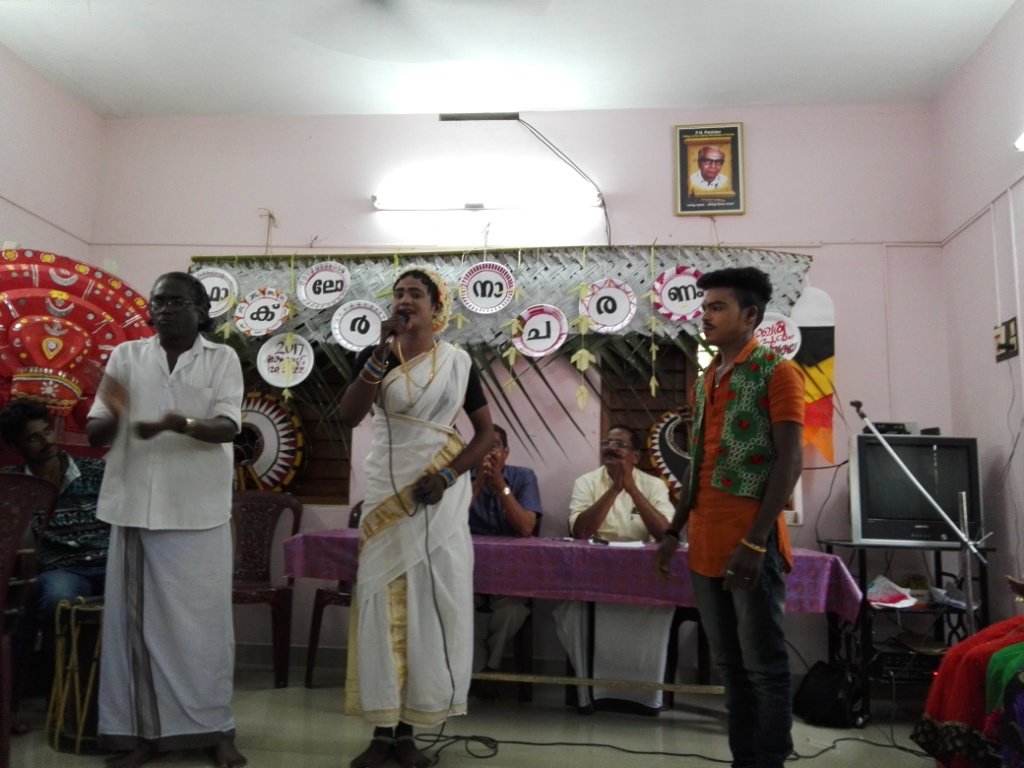As the world is gearing up to celebrate the year’s Folklore Day on August 22, a group of folklore enthusiasts in Palakkad is ecstatic over the district’s own folklore art form, ‘Poraattu Kali’. As part of the three-day Folklore Day celebrations conducted by ‘Kalikkoottam’, a folklore enthusiasts’ group based in Shekhareepuram, Palakkad, a demonstration of ‘Poraattu Kali’ was performed by Mannur Chandran, Manikandan and Biju.
Mannur Chandran, a noted ‘Poraattu Kali’ exponent from the district, has travelled to almost all States in India to perform the art form. The energetic, 65-year-old artist, becomes eloquent when he starts speaking about his art. “The art form originated in Palakkad among the ‘Paanan’ community some 400 years ago. A couple from the community went to the forest for collecting bamboo. That time, the wild animals came to attack them. They made a fire circle and started singing and dancing inside it. Listening to this, the goddess came and rescued them. This is the myth behind the origin of this art form,” he says.
The art form in which the performer moves in a particular fashion back and forth in accordance with the song, incorporates drums (chenda) and ‘ilathaalam’, a miniature version of cymbals. The traditional songs are in native Palakkad slang. Most of the songs are like conversation between two characters. Newer songs are being added to the ‘Poraattu Kali’. The art form has close resemblance to ‘Therukkoothu’, a Tamil folklore art form.
“There are families in various locations in Palakkad who have been performing ‘Poraattu Kali’ for generations. Though ‘Poraattu Kali’ is being performed by those who were not allowed to enter into the temples, most of the Devi temples in these localities allow the ‘Poraattu’ artists to perform. This is because according to the myth, the goddess appeared before the couple who were regarded as the parents of the art form,” says Shekhareepuram Madhavan, who is the ‘Kalikkoottam’ director.
Mannur Chandran, who is a recipient of Kerala Sangeetha Nataka Akademy fellowship in the year 2016, is teaching the art form to those interested at his school at Mannur. “At a time when people from the lower strata of society were regarded as untouchables, the ‘Paanaas’ had the privilege of performing before the rulers. But many of the songs convey the drastic social setup in which they lived. They remained impoverished even amid the better social acceptance they received. Their struggles and difficulties are evident in many songs,” he says.
K. Viswam, a noted folklore researcher, had written a song about Palakkad and the ‘Poraattu’ artists perform this song widely nowadays. The ‘Paanan’ communities at Kalladikkodu, Kozhinjambara, Kadambazhippuram and Mundoor are traditional performers of ‘Poraattu Kali’. ‘Kalikkoottam’ has a group of young art lovers in the district who are well-versed with these songs.
Mannur Chandran has contributed several songs among which the one which says about the disappearing paddy fields has become very popular. “The old songs are not written but are transferred to the generations orally. I have heard several artists singing without actually doing research and this often causes problems as some of the songs produce bad impression about the community as a whole,” Mannur Chandran suggests.

